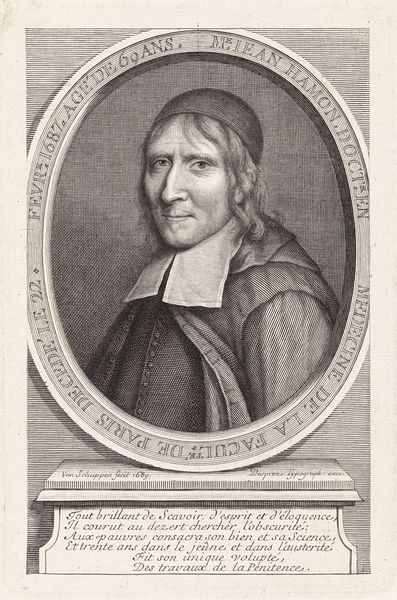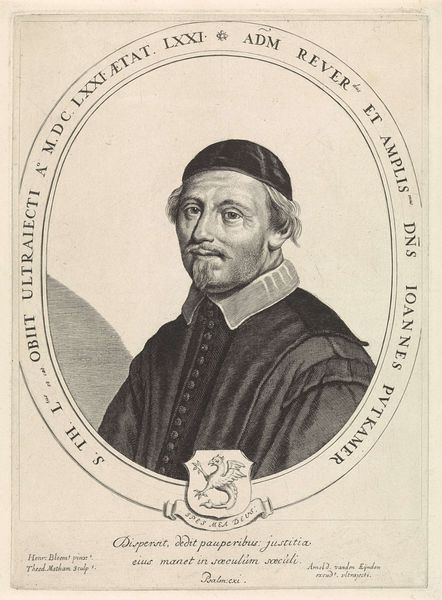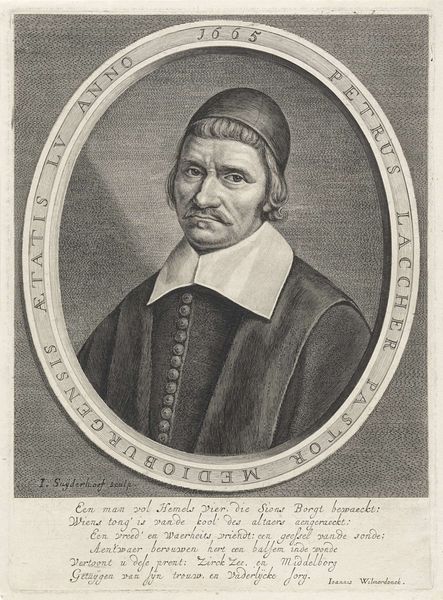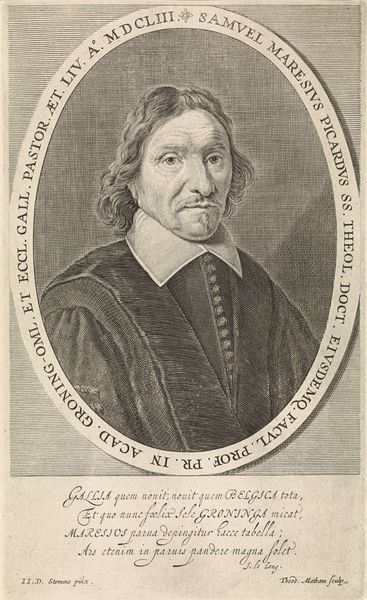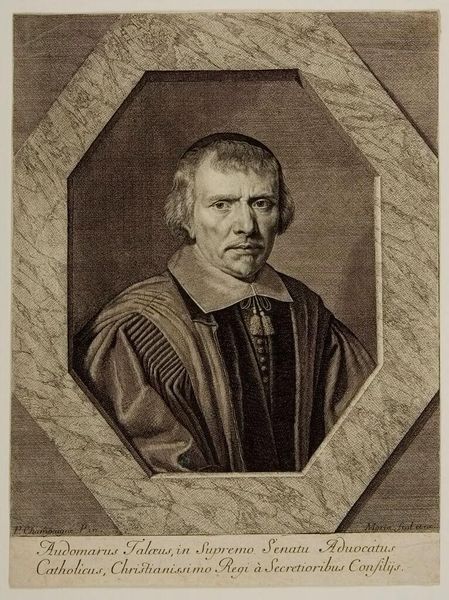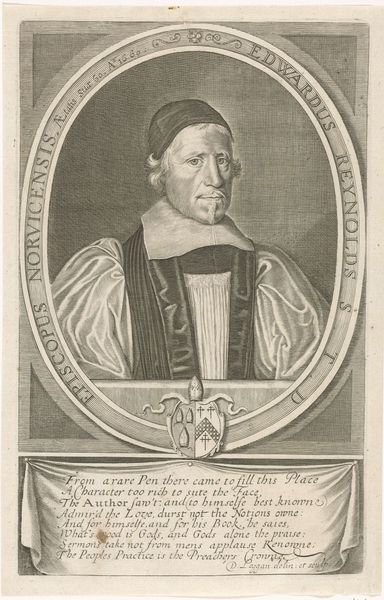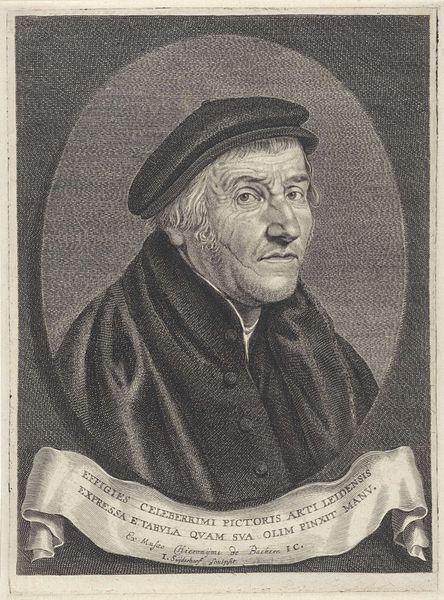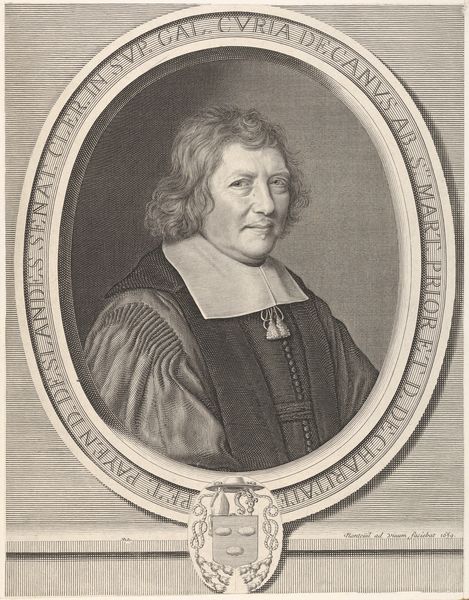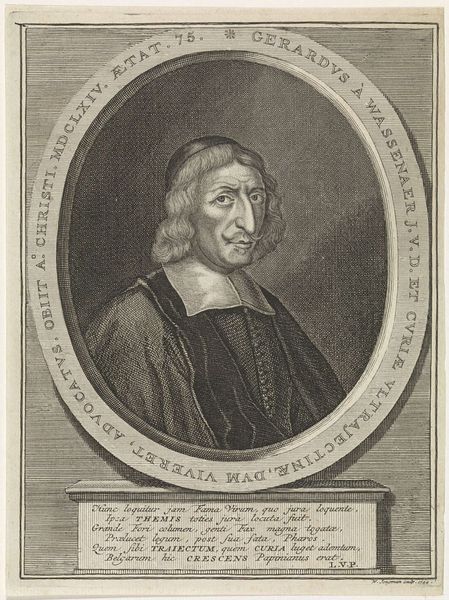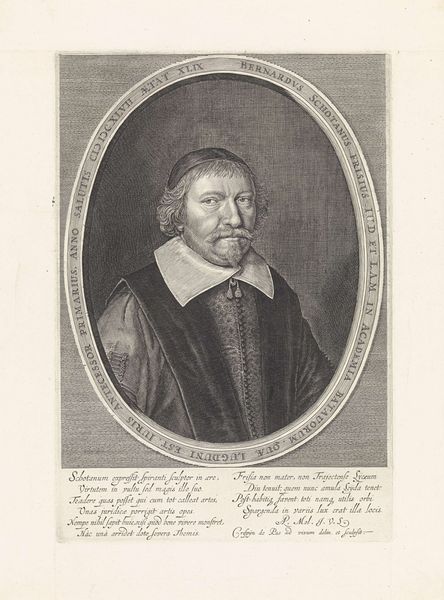
engraving
#
portrait
#
baroque
#
old engraving style
#
engraving
Dimensions: height 380 mm, width 270 mm
Copyright: Rijks Museum: Open Domain
Editor: This is "Portret van Caspar Streso," an engraving made sometime between 1664 and 1676 by Theodor Matham. It’s housed at the Rijksmuseum. What strikes me most is the sitter’s very direct gaze. How should we interpret that? Curator: That steady gaze is indeed captivating. What does it evoke for you, considering the context? I see it as a projection of inner fortitude, consistent with the religious and intellectual climate of the time. Editor: So, the strength of character connects to cultural memory? Curator: Exactly. Think of the Reformation and its emphasis on individual conscience. Portraits became less about outward splendor and more about conveying inner piety and moral seriousness. Do you notice how the oval frame around the portrait itself acts like a lens, focusing our attention on the individual within? Editor: Yes, it really isolates him and emphasizes his presence. And the lettering underneath seems to reinforce that…a sort of written memorial alongside the image? Curator: Precisely. These textual elements further solidify Streso's legacy. And it points to an emerging form of visual literacy. The portrait acts as a public declaration of identity and principles. How does it make you think differently about portraits in our own time? Editor: I see what you mean. These early portraits established visual cues that persist even now. That direct gaze... it implies trust, doesn’t it? I hadn't considered that until now. Thanks! Curator: Indeed! It’s about unveiling the subtle ways images shape our perceptions and values across centuries.
Comments
No comments
Be the first to comment and join the conversation on the ultimate creative platform.
